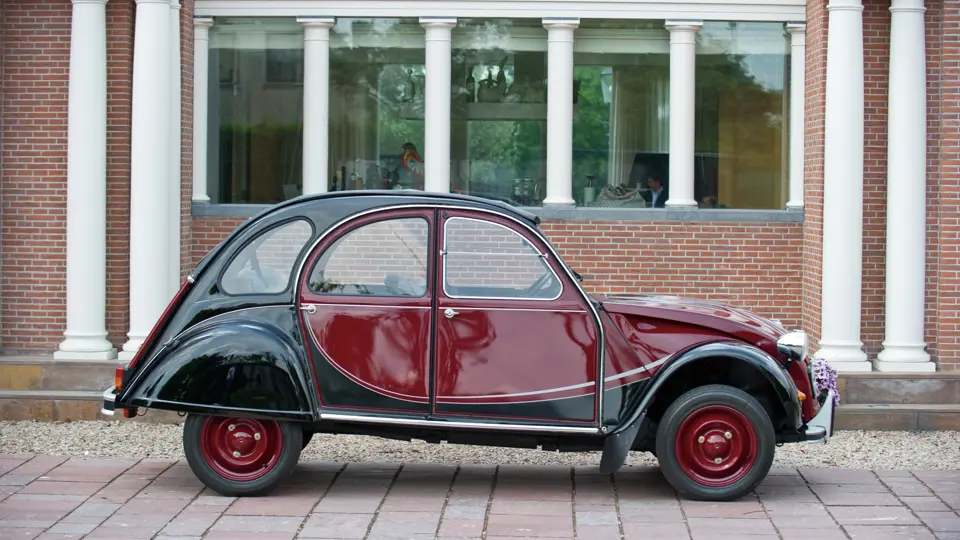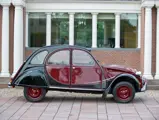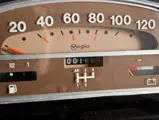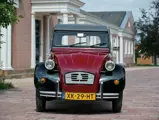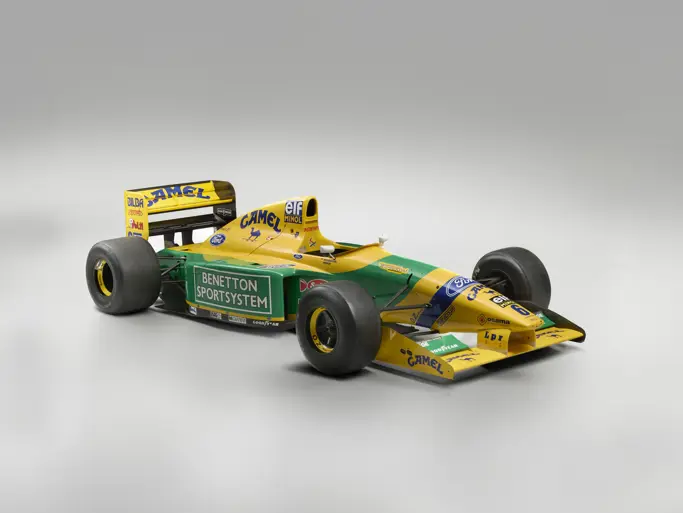29 hp, 602 cc horizontally-opposed two-cylinder engine, single carburettor, four-speed manual transmission, front leading arm and rear trailing arm suspension, and four-wheel drum brakes. Wheelbase: 93.3 in.
• Striking and correct duo-tone finish
• One owner and only 166 km since new
• Possibly the lowest mileage 2CV Charleston in the world
• Offered from the Zegwaard Collection
The iconic Citroën 2CV was essential in helping post-war France return to mobility. Powered by a small but capable two-cylinder engine, it possesses a resilient, long-travel suspension and gave rural residents the means of negotiating rutted, pockmarked country roads with ease. In its later years, it became the darling of city dwellers with its unmistakable retro style, handy size, and frugal ways.
Introduced in 1948, and by the time production ceased in 1990, 3,872,583 2CVs had been built. That didn’t account for the additional 1,246,306 delivery vans or other variants. Although the 2CV is often considered the quintessential French car, in addition to a plant in Paris, it was built in approximately 10 countries, including Belgium, Argentina, Portugal, and the UK.
There is no question that the 2CV was a car of few frills, yet it endeared itself to millions of owners, and at the end of its life, it achieved cult status. It was issued in several special editions, and one of those special models was known as the Charleston. Introduced in 1980, it was available in duo-tone colour schemes inspired by Citroën colours of the 1920s.
Having covered just 166 kilometres, this 2CV is essentially as new. Finished in deep claret and black, it is topped by the customary roll-back roof, which allows all manner of objects to jut out of the top when the tiny Citroën is used for more than family transport. The seats are covered in a grey quilted material, the floors use rubber mats, and the controls and instrumentation are basic. Despite the austere nature of the 2CV, it possesses an overwhelming charm, particularly in this striking livery. Supplied with its original owner’s handbook and purchased new by Mr Zegwaard, it will be virtually impossible to find a better example.




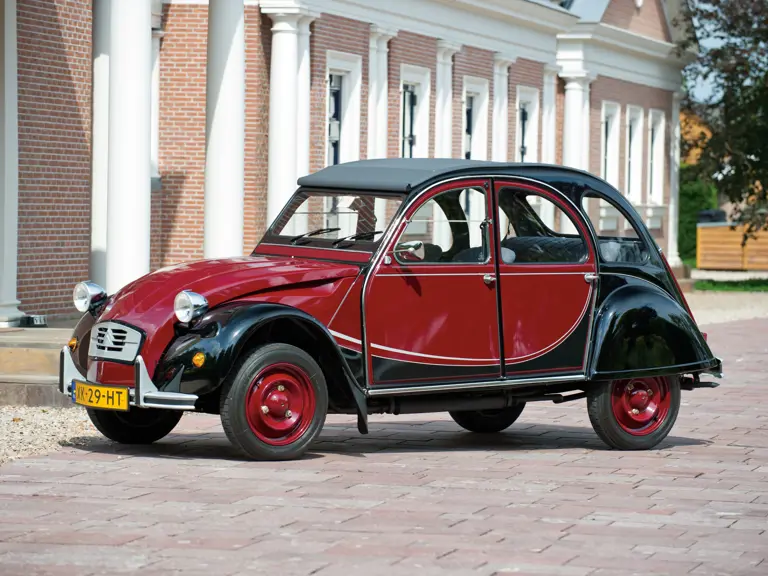
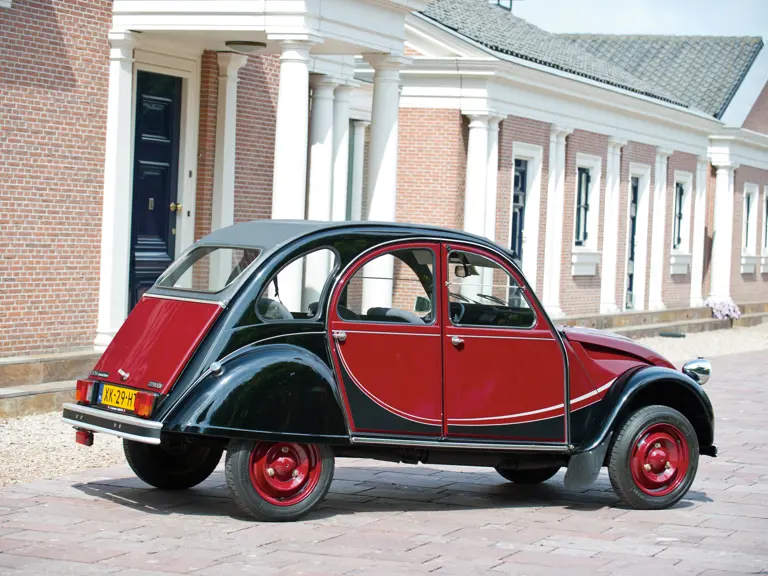
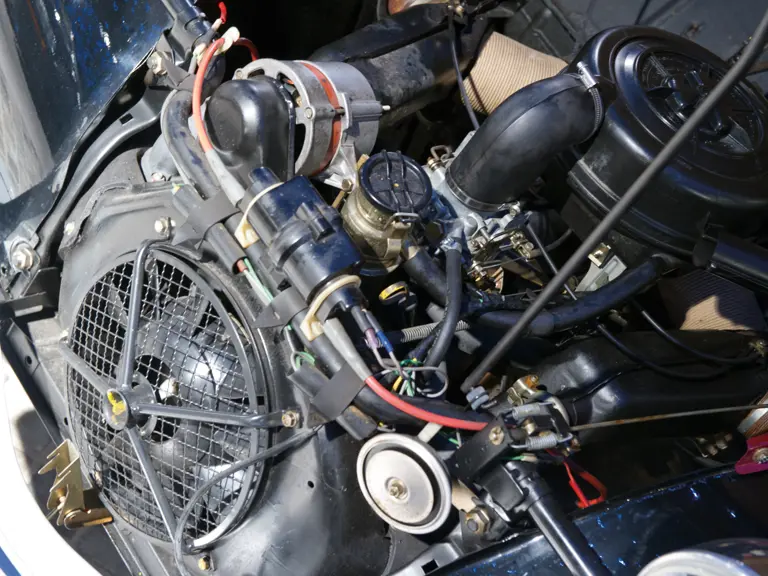
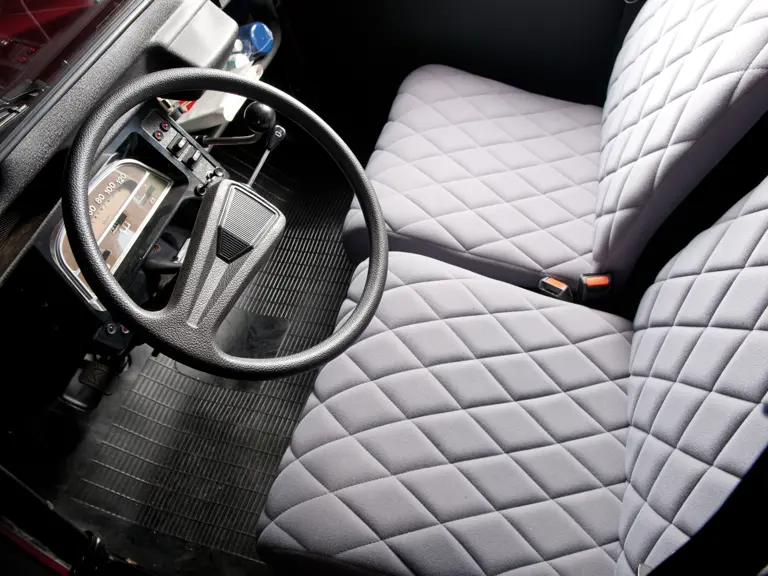
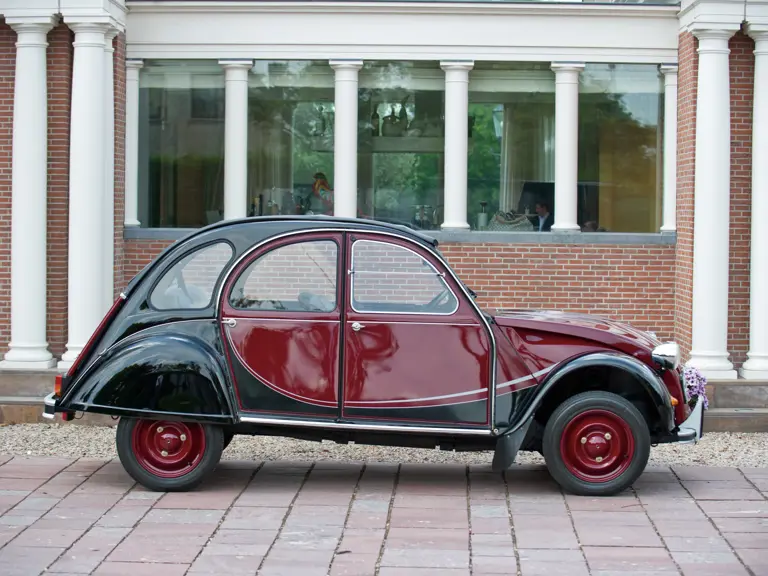
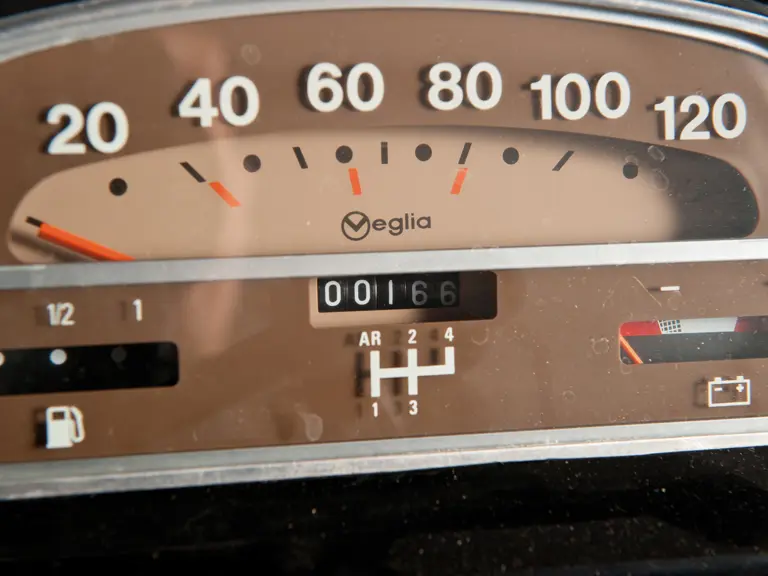

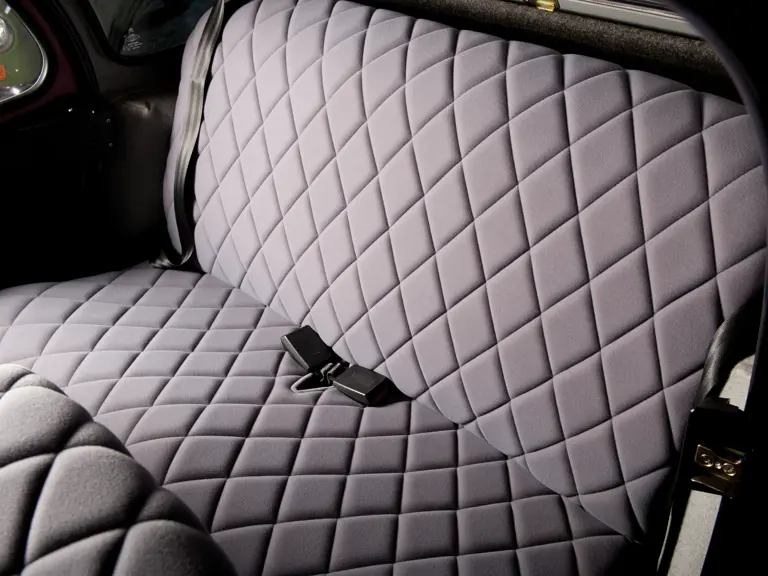
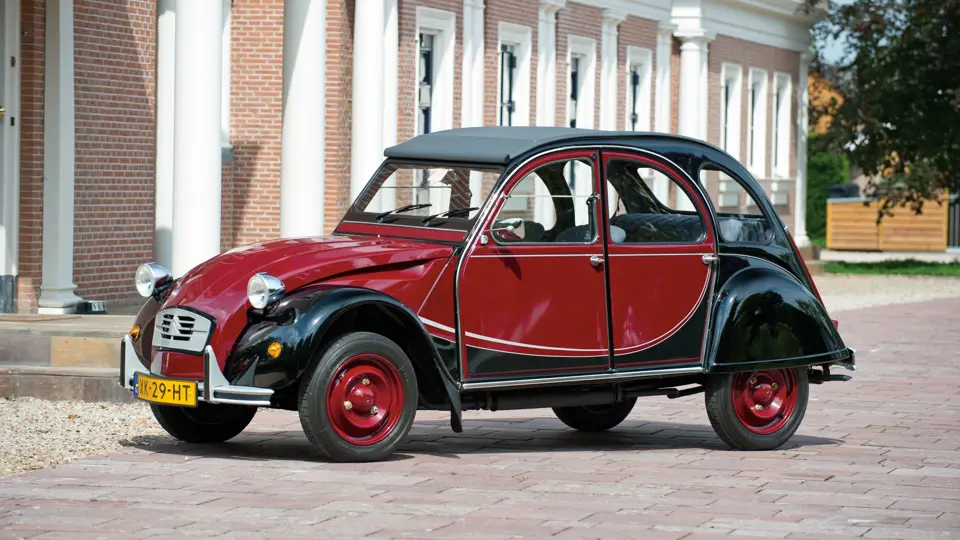
 | London, United Kingdom
| London, United Kingdom
